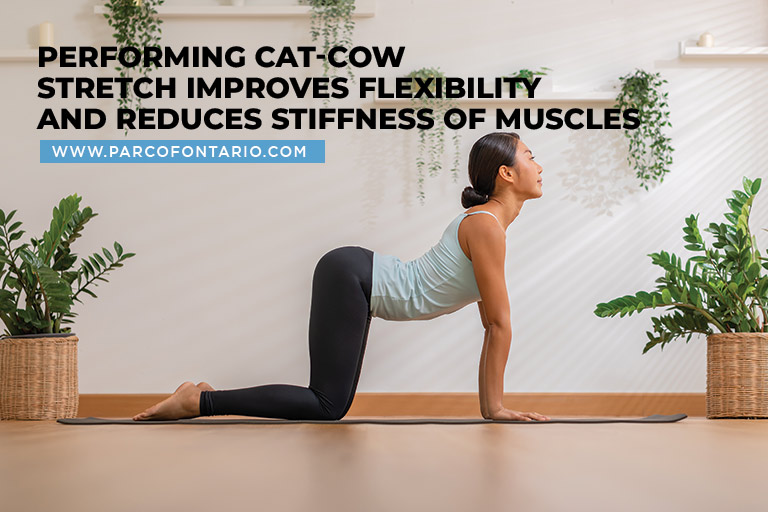A Guide to Maintaining Good Posture at Work
Maintaining a good posture is often neglected in today’s hectic work environment, where hours are spent hunched over screens and deadlines are approaching. Yet, the effects of poor posture can go beyond the confines of discomfort, influencing productivity, confidence, and overall well-being. This comprehensive guide unveils the keys to mastering the art of good posture at work, incorporating practical advice, ergonomic insights, and empowering exercises.
Understanding the Significance of Good Posture
What is the importance of good posture? Good posture is the conductor that orchestrates optimal performance. It is an essential element that influences your physical health, mental clarity, and the impressions you leave on others. Imagine a confident stride into the office, shoulders back, spine aligned – a posture that communicates assurance and sets the stage for a day of productivity.
Why Good Posture Matters:
The body is a finely tuned machine, and posture is its alignment manual. Proper posture reduces the strain on muscles, ligaments, and joints, minimizing the risk of chronic pain, especially in the neck, shoulders, and lower back.
Believe it or not, how you sit or stand can impact your cognitive function. Good posture enhances blood flow, ensuring an optimal oxygen supply to the brain. This, in turn, sharpens focus, concentration, and decision-making abilities.
Your posture speaks volumes before you utter a word. A straight spine exudes confidence and competence, influencing how colleagues, superiors, and clients perceive you. It’s a silent language of assurance that demands respect.
Practical Tips for Maintaining Good Posture
Now that the importance of good posture is clear, let’s look into practical strategies to incorporate it seamlessly into your work routine.
- Ergonomic Workspace Setup

Optimize workplace posture and ergonomics with these tips:
Adjust your chair and desk to a height that allows your feet to rest flat on the floor and your knees to form a 90-degree angle. This simple adjustment can significantly alleviate strain on your lower back.
Position your monitor at eye level to prevent unnecessary strain on your neck. The top of the screen should be at or slightly below your eye level.
Here is how to have good posture when sitting:
Sit back in your chair, ensuring your back is supported. This practice promotes the natural curve of your spine and reduces the temptation to slouch.
Keep your feet flat on the ground, avoiding crossing your legs. This foundation stabilizes your lower back and supports overall alignment.
- Regular Breaks and Movement
Integrate breaks and movements into your routine:
Every 20 minutes, take a 20-second break and look at something 20 feet away. This quick exercise prevents eye strain and relieves your body from a fixed position.
Incorporate short stretching exercises into your routine. Simple neck stretches, shoulder rolls, and side-bends can do wonders in releasing tension and promoting flexibility.
Enhance your routine with good posture exercises:
A strong core is the foundation of good posture. Incorporate exercises like planks, bridges, and abdominal crunches into your routine to build and maintain core strength.
Exercises targeting the muscles of the upper and lower back, such as rows and lat pulldowns, contribute to a strong and supportive back.
Empowering Exercises for Good Posture
In addition to workspace adjustments and mindful sitting, including targeted exercises in your routine can help strengthen your posture, offering a myriad of benefits for your overall well-being.
The Shoulder Blade Squeeze
Benefits:
This exercise engages and strengthens the muscles between your shoulder blades, promoting a stable upper back and improved posture. The controlled squeezing motion enhances shoulder mobility and reduces upper back and neck tension.
How to Perform:
- Sit or stand with your back straight.
- Squeeze your shoulder blades together as if trying to hold a pencil between them.
- Hold for 5-10 seconds, then release.
- Repeat 10-15 times.
Chin Tucks
Benefits:
Chin tucks effectively reinforce the muscles in the front of your neck, which are pivotal in supporting proper head alignment. This exercise aids in preventing the forward head posture often associated with long hours of desk work.
How to Perform:
- Sit or stand with your shoulders relaxed.
- Gently tuck your chin in as if making a double chin.
- Hold for a few seconds and release.
- Repeat 10-15 times.
Cat-Cow Stretch

Benefits:
This dynamic stretch promotes flexibility and mobility in the spine. The arching and rounding motions enhance the range of motion in your back and help alleviate stiffness. The controlled breathing associated with this stretch also contributes to a sense of relaxation.
How to Perform:
- Get on your hands and knees in a tabletop position.
- Inhale, arching your back and lifting your head and tailbone.
- Exhale, rounding your spine and tucking your chin to your chest.
- Repeat for 1-2 minutes.
Seated Spinal Twist
Benefits:
The seated spinal twist is excellent for enhancing the rotational flexibility of your spine. It targets the muscles along your back and sides, releasing tension and promoting a more supple and resilient spine. This exercise is particularly beneficial for those who spend extended periods seated.
How to Perform:
- Sit with your feet flat on the floor.
- Twist your upper body to the right, placing your left hand on your right knee and your right hand behind you.
- Hold for 15-30 seconds and switch sides.
- Repeat 2-3 times on each side.
Include these exercises in your routine to develop a good posture and a sense of vitality and well-being in your everyday life.
As you strive towards maintaining good posture at work, remember that it’s a gradual process. Minor adjustments and consistent practices, including good walking posture, will yield lasting results. Your body, mind, and career will thank you for investing in a posture-positive future.
In your professional life, posture is more than simply an insignificant detail; it’s a crucial factor that defines your overall presentation. So, sit tall, stand proudly, and embrace the transformative power of good posture. Your well-being and success await in upright confidence and balanced alignment.
Are you looking for massage therapy in Ajax to help your overall well-being? PARC of Ontario has a team of registered massage therapists you can count on. Call 905 686 9081 and book an appointment now!





